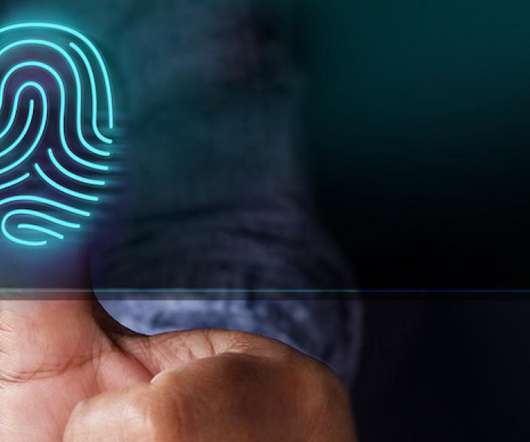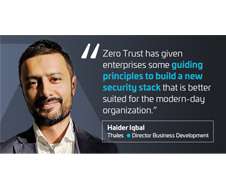Creating Secure Software Requires More Than Just Motivation
CyberSecurity Insiders
MAY 13, 2021
In some of the more egregious examples of poor planning, security was left in the realm of strictly technical aspects of network architecture. Tim Reisch shared a similar experience, discovering “hard coded, backdoor passwords on control systems that could be accessed via the internet, by anyone.”













Let's personalize your content